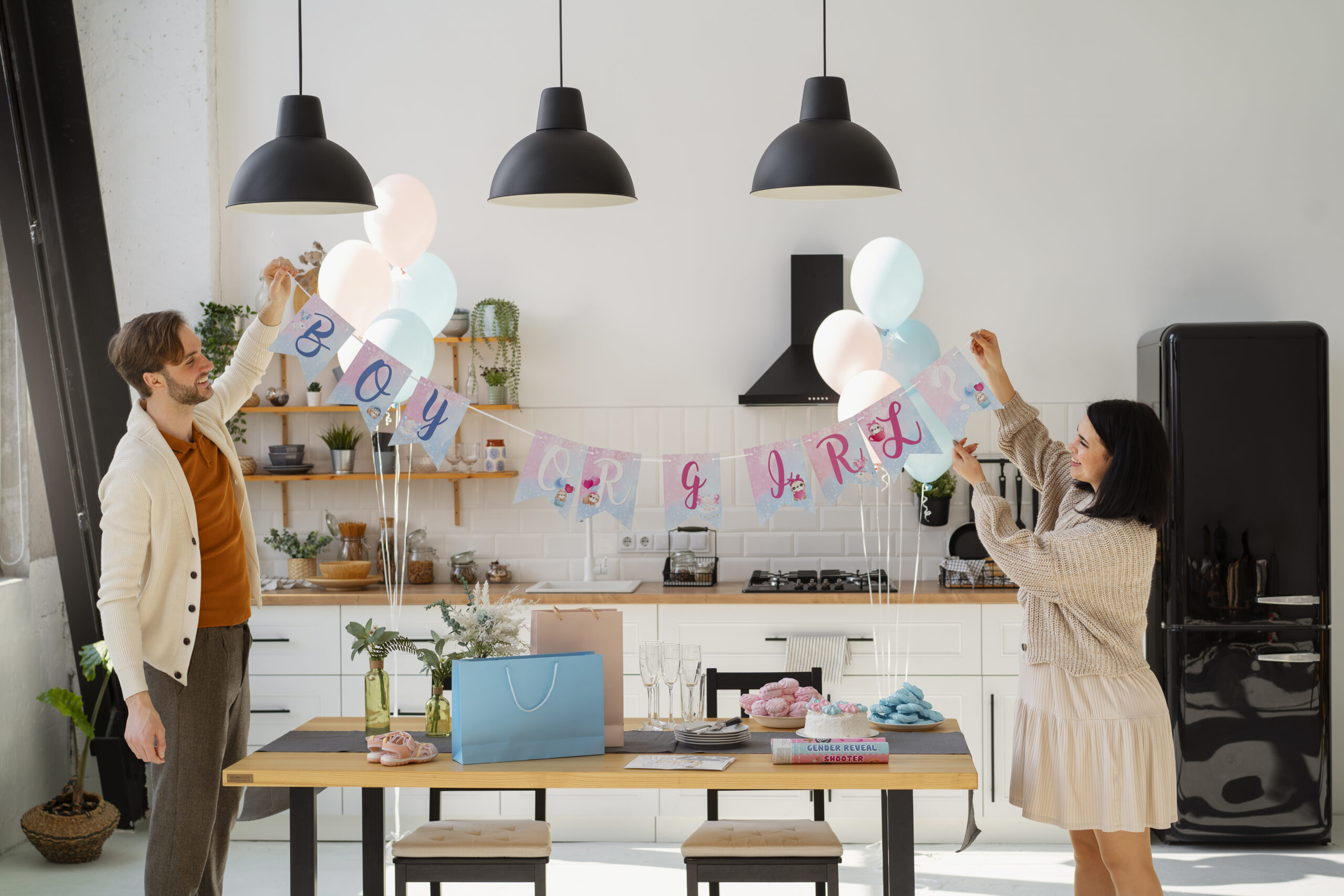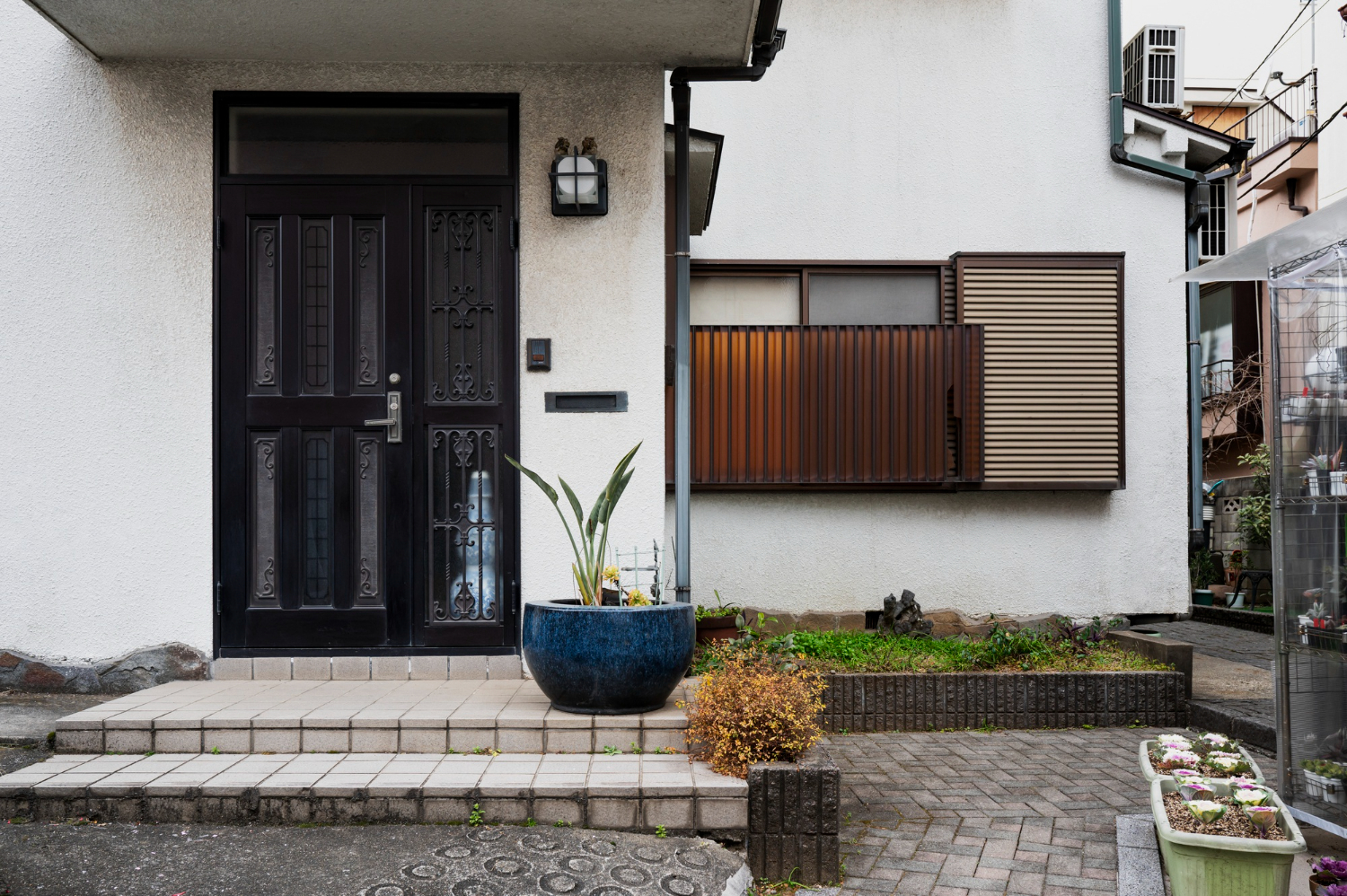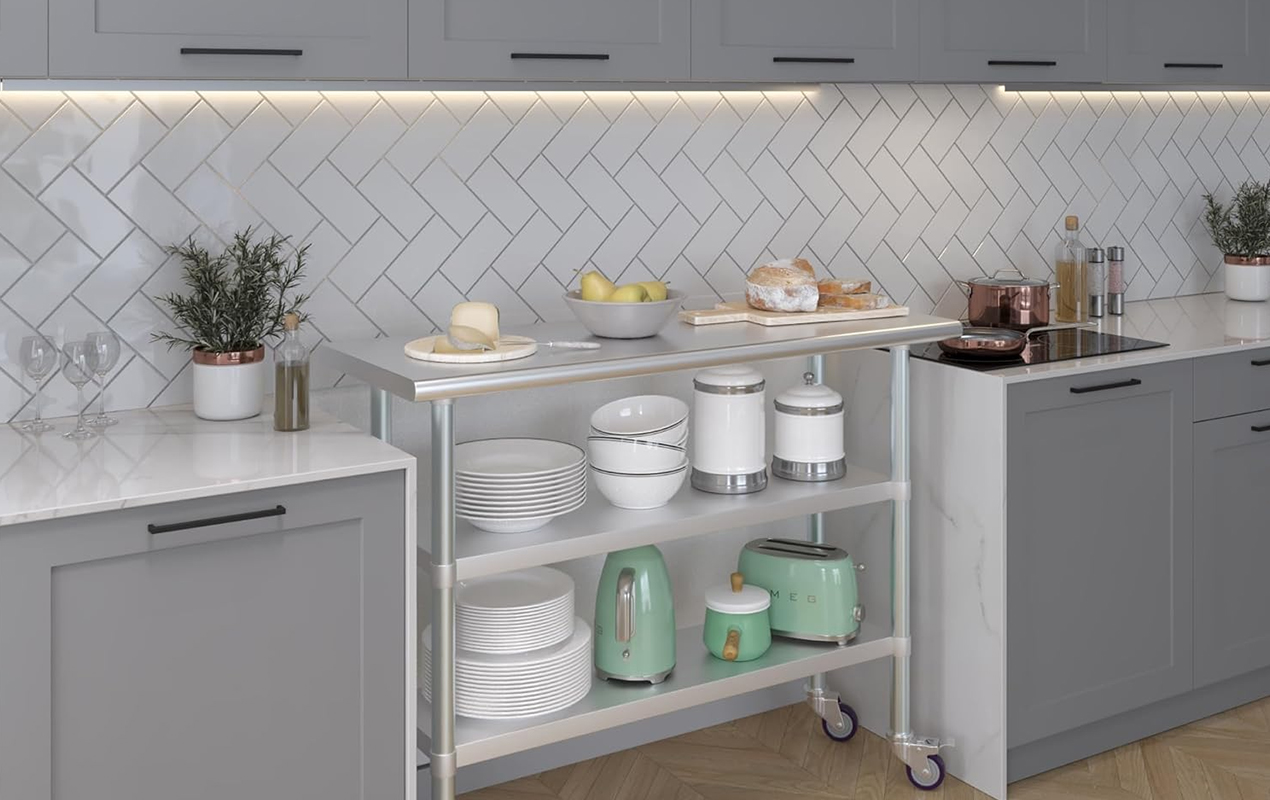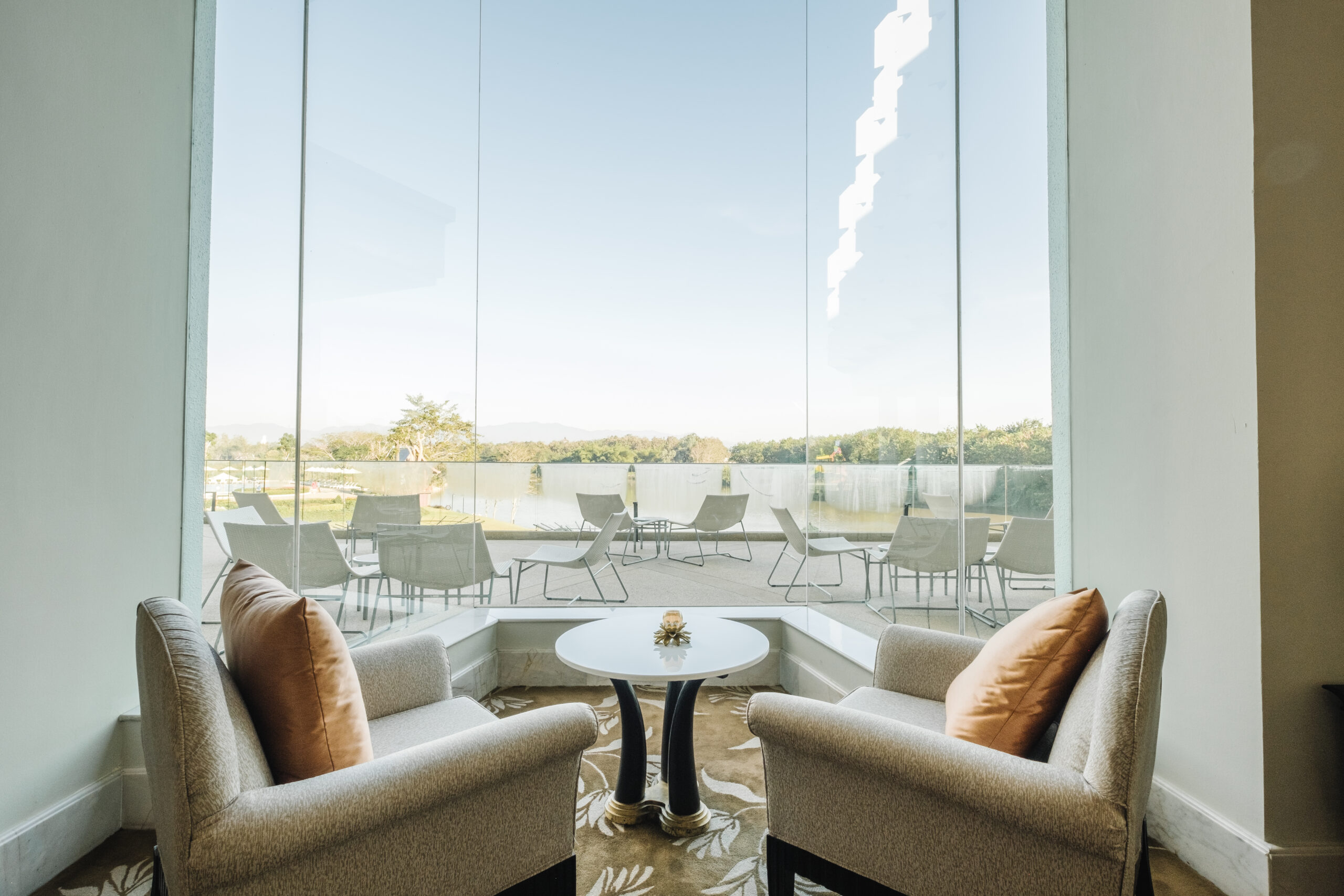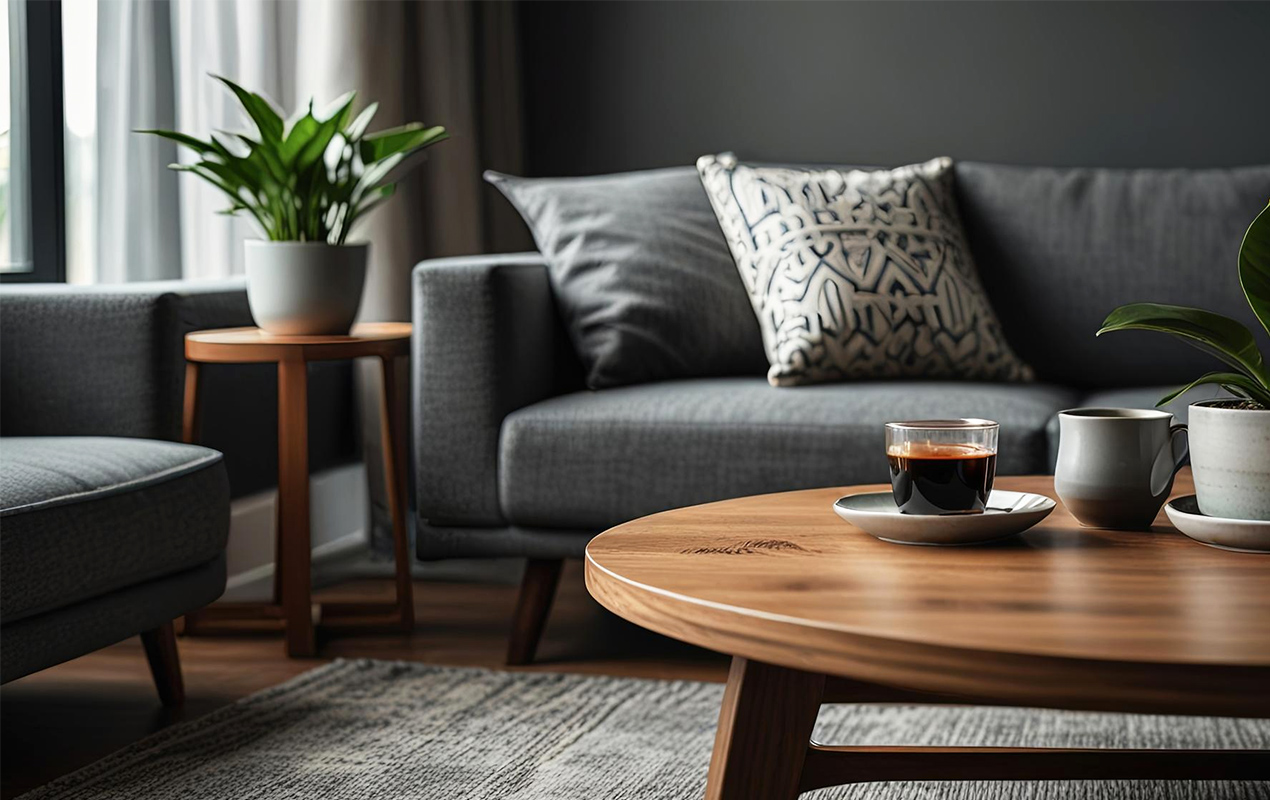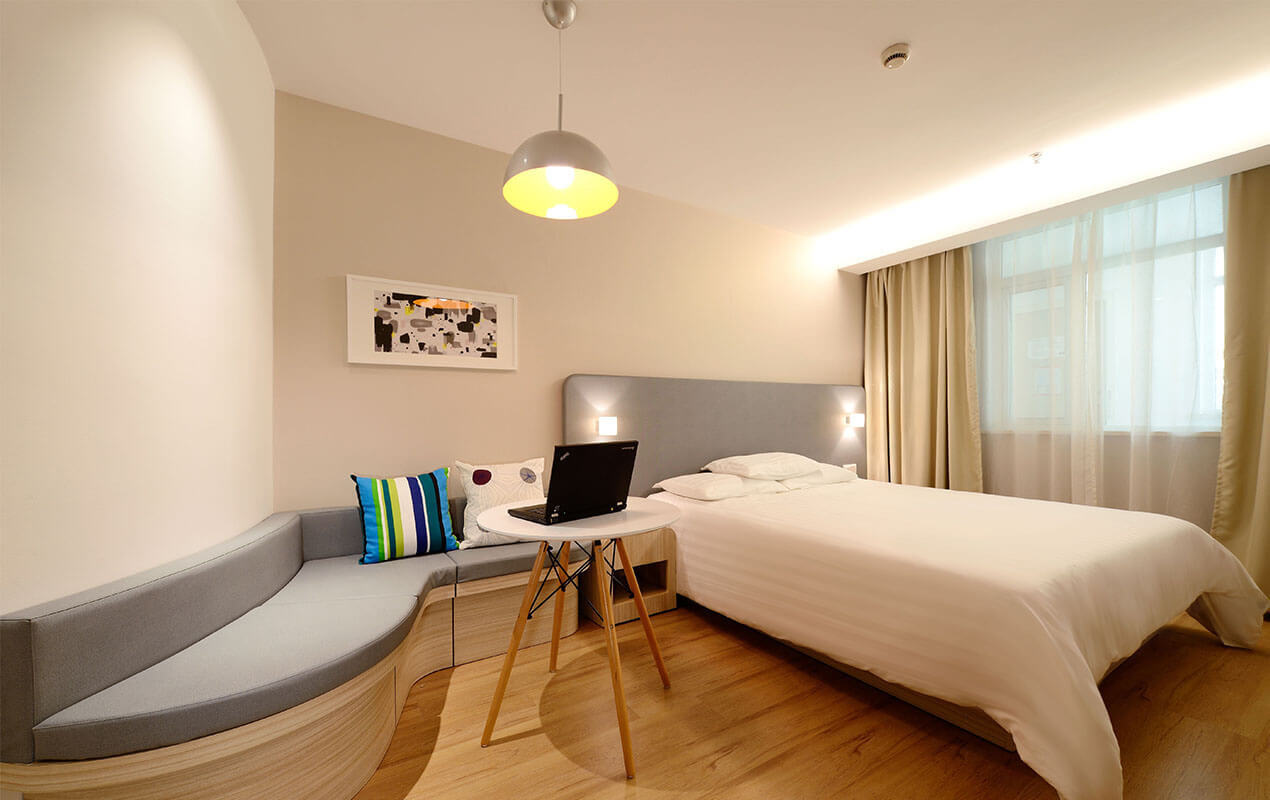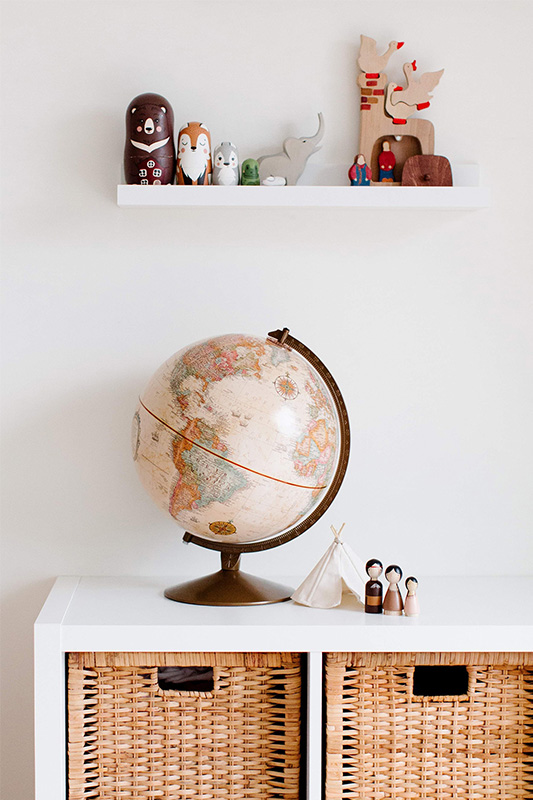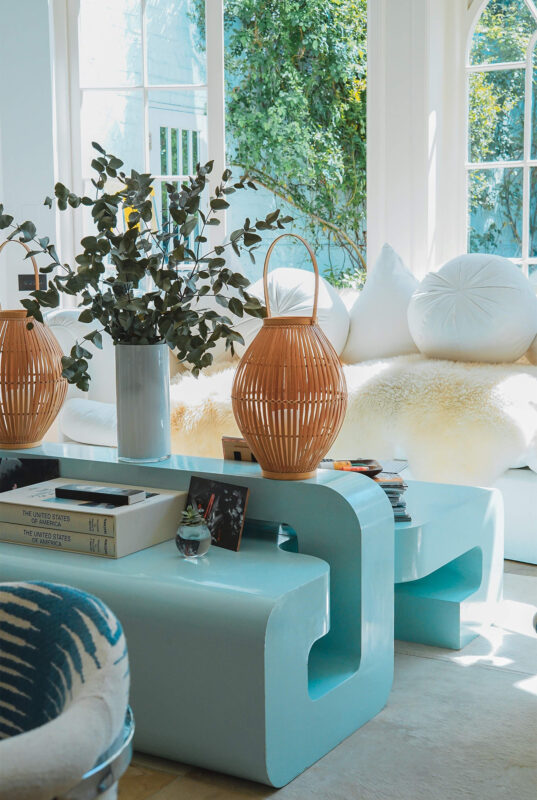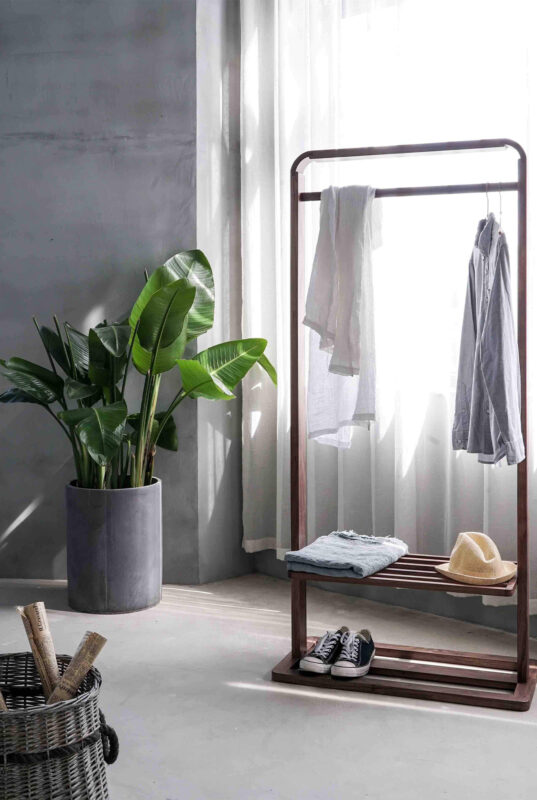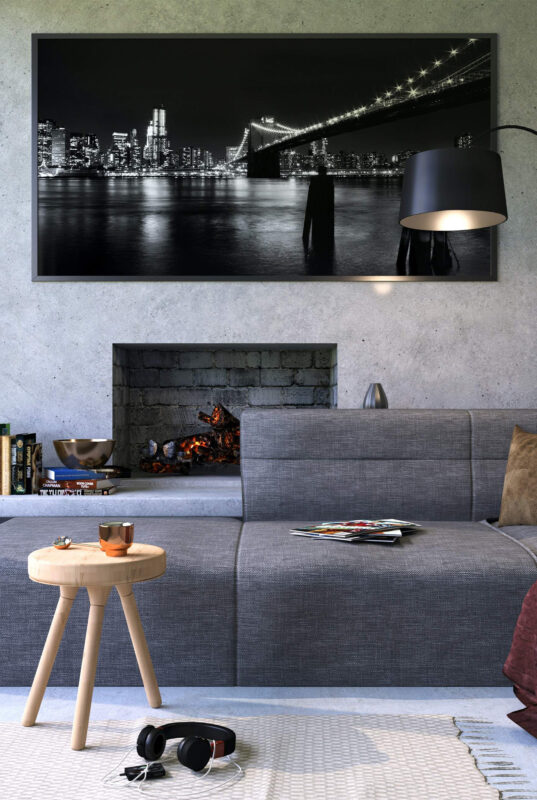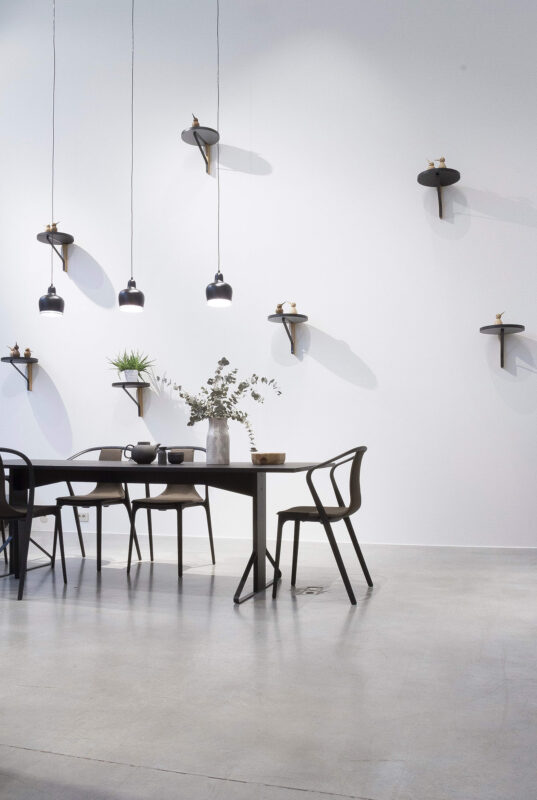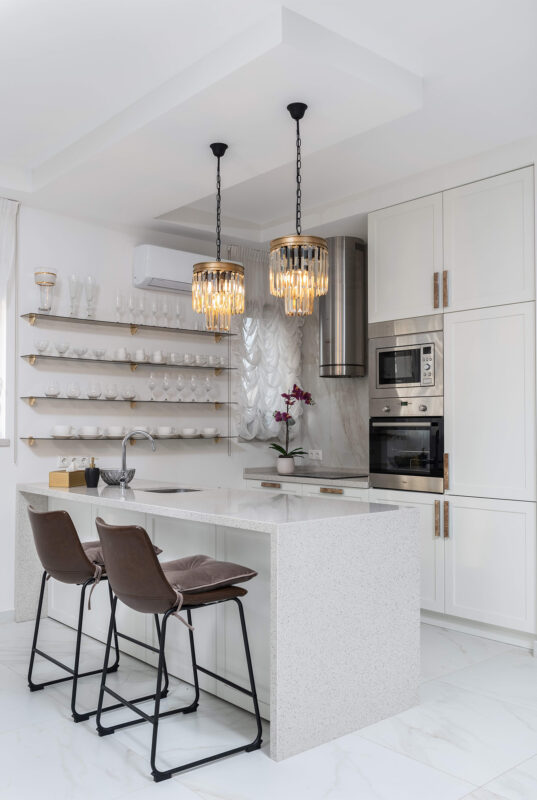Blog
Light, Functional, & Simplistic Scandinavian Kitchen Design Ideas
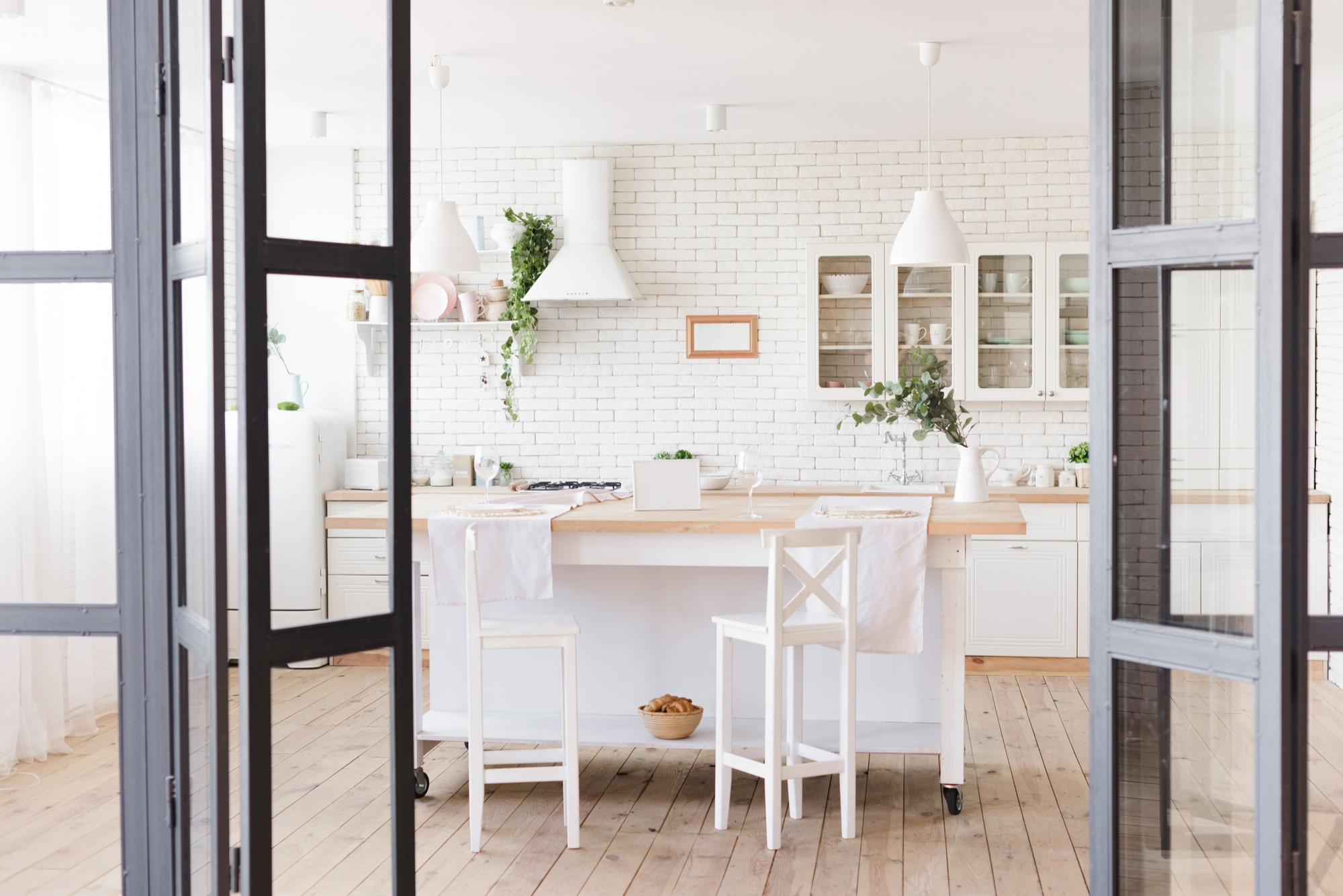
Light, Functionality, and Simplicity
Scandinavian kitchens are some of the most admired across the globe because they fit the Nordic style principles –light, simplicity, and function. This concept stems from the countries bordering the Baltic Sea, including Denmark, Norway, Sweden, Finland, and Iceland. It aims to create aesthetically appealing, functional, and comfortable spaces. The key elements of Scandinavian design include incorporating light sources, kitchen layout, and simple, multipurpose furniture.
This article focuses on the three main aspects and explains why Scandinavian kitchen design attracts homeowners and designers worldwide.
Embracing Natural Light
Luxury kitchens, as a part of the Scandinavian style, focus on the natural light within the space. You may not know, but Nordic countries have long winters and short days; therefore, bringing as much natural light as possible into the homes is crucial. Large windows and, in some cases, a skylight bring an abundance of light into the kitchen, which is common in Scandinavian approaches. These features add a natural lighting effect and simultaneously increase the perception of space; thus, making a smaller kitchen feel open and airy.
Scandinavian kitchens tend to use pale-tinted walls or ceilings to increase the intensity of the light. A variety of wall, cupboard, and countertop colors, including white, light gray, and pastel colors, are usually utilized. These hues also work on the principle of reflectors, which helps improve the room’s illumination. Brighter colors and high-gloss finishes, like lacquered cabinetry or even glass tile backsplashes, reflect light to the farthest corners of the kitchen, illuminating the area.
Artificial lighting is implemented to supplement natural lighting. Decorative glass pendants are installed over the island, and the under-cabinet, with recessed lights aimed to direct sunlight into the kitchen during the winter and other colder months. Such lighting fixtures are usually sleek and refrain from decorative elements, adequately reflecting the general tendencies of the Scandinavian design.
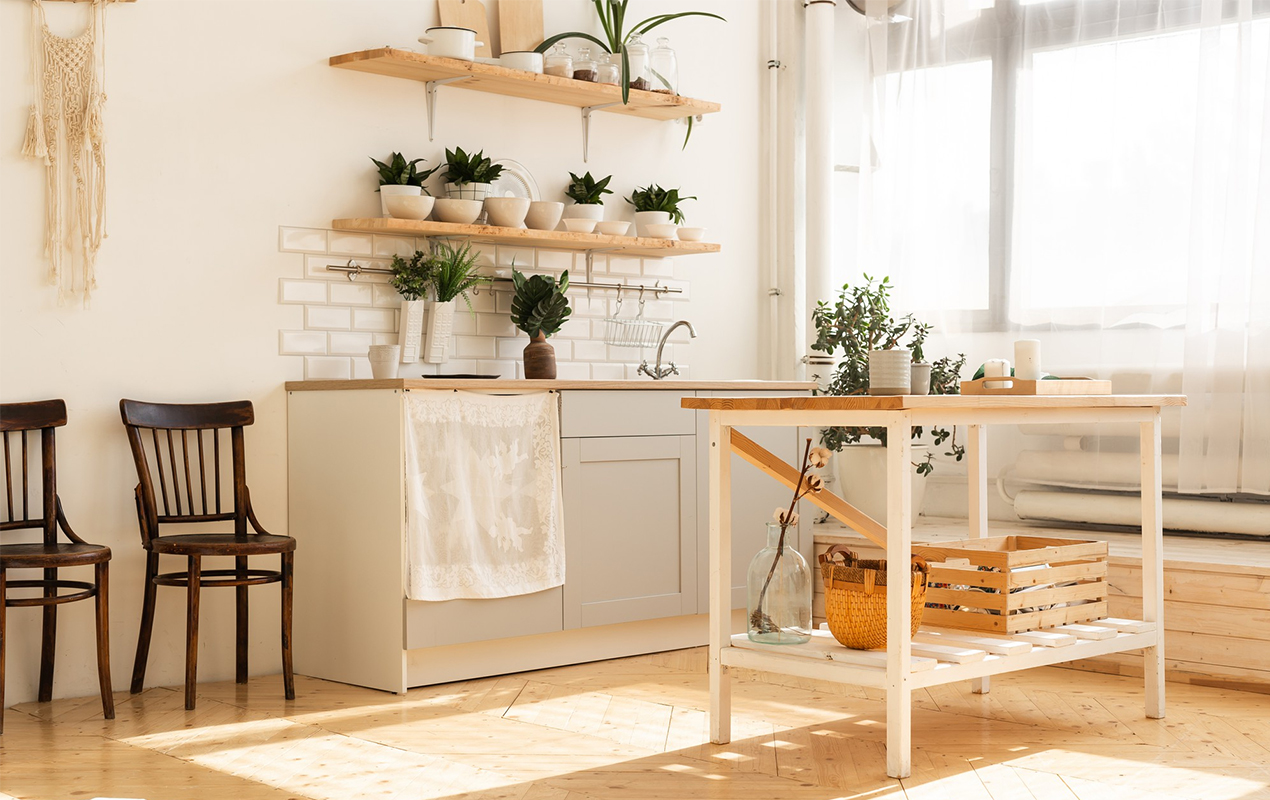
Photo by Satura86 from Freepik
Celebrating Simplicity
One of the most significant features of Scandi kitchens is their simplicity. Minimalism defines the aesthetic; the furniture has minimal if no decoration or sharp lines; with everything following a light palette. This choice provides the kitchen space with a functional aesthetic that’s warm and welcoming, with the aim that people find cooking a stress-free experience.
Therefore, understanding the significance of materials is essential to achieve a simple but elegant setup. The most desirable effects are conveyed from natural materials, such as wood, stone, and metal, as they produce a durable and timeless look.
However, unlike American and Italian styles, wooden accents are essential in Scandi design, bringing warmth and rough textures to the setting. Birch, pine, and oak are commonly used for cabinetry, flooring, and furniture because of their lighter shades, which fit in with the light concept and give the interior an original look.
Also, few decorations are used while adhering to the Scandinavian style. Ornamental features are not emphasized; however, items are chosen based on their purpose and aesthetic. This produces a clean look, lacks clutter, and is organized with elements that flow well. Plants are placed frequently as decoration, introducing nature into the interior and indicating calmness.
Nonetheless, aside from the aesthetic value characterized by simplicity and minimalism, further advantages come with its color and simplicity. A streamlined design is easier to clean than a complex one, making it ideal for bustling homes filled with more people. Additionally, concentrating on the quality of the materials and artistry assures a lasting aesthetic and practical appeal.
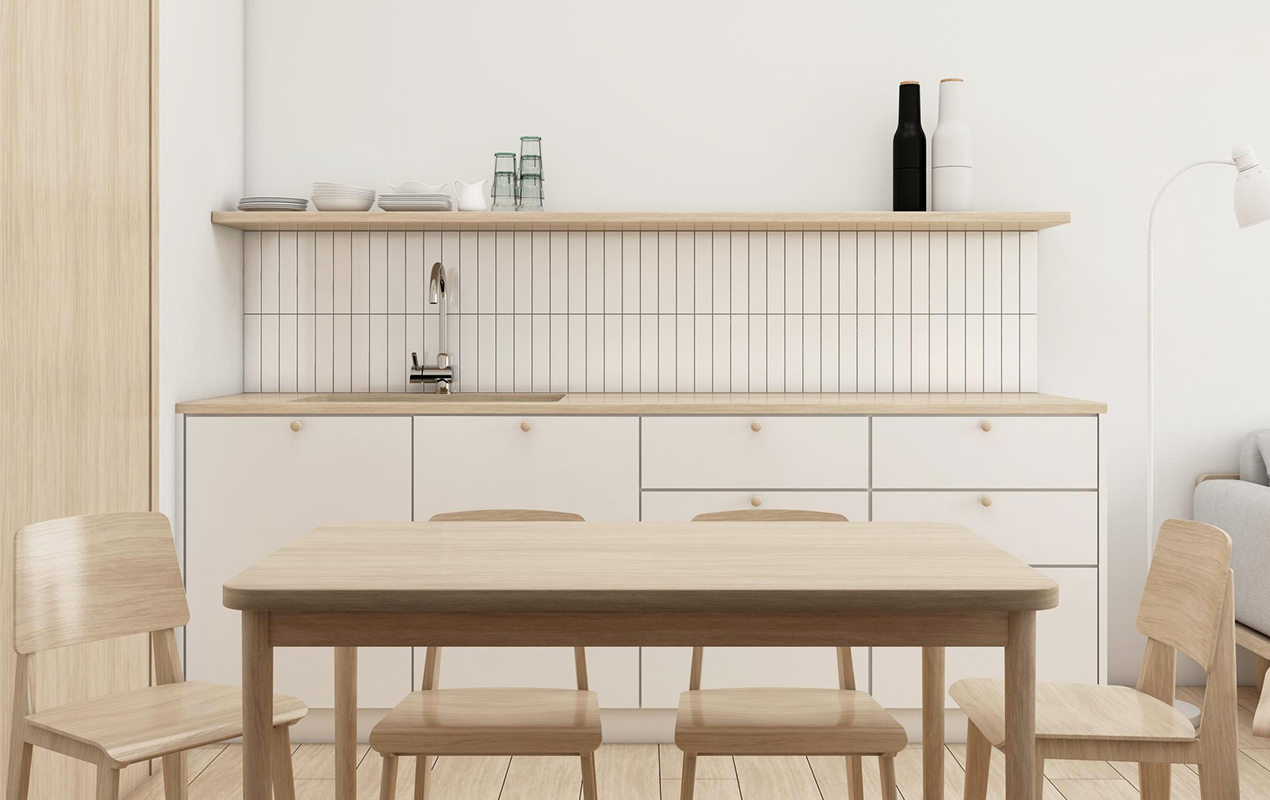
Photo by User24259728 from Freepik
Prioritizing Functionality
Practicality is the principle behind the Scandinavian kitchen style. Marmol emphasizes the role of the kitchen and elaborates on the functionality of each item featured in the setting. This concentration on function is a result of the necessity of people’s lives, mainly small city apartments.
Kitchens in Scandinavian countries are full of ingenious item storage ideas. Cabinetry rises to the ceiling, which creates space without intruding on the counter space. Pull-outs include drawers, built-in organizers, and corner units, with most being perfect for smaller kitchens with storage solutions. Another trend is open shelves to provide accessibility to the most frequently used items, enabling you to conveniently display and access kitchen accessories.
The Scandinavian kitchen’s format also ensures practicality. A standard work triangle exists between the sink, stove, and refrigerator. Islands and peninsulas are incorporated to act as preparation, storage, and supplementary eating areas, allowing the kitchen to be more than just a cooking and washing area.
Sustainability and Scandinavian Kitchen Design
Sustainability is one of the relatively new concepts, reflecting the general priorities of the Nordic countries: balance with nature. Organic aesthetics and sustainability through energy-saving appliances invariably find their way into Scandi kitchens. This is through the use of reclaimed wood, recycled materials, and low-VOC paints and finishes, among other ecological options.
LED bulbs and other energy-saving devices and appliances with high energy efficiency rates are also diagnostic features that reduce energy usage in the kitchen. Also, recycling and composting can be easily integrated into the kitchen design with the help of built-in systems for waste sorting and storage. This commitment to sustainability goes far in reducing the kitchen’s environmental footprint, combining Scandinavian sensibilities with virtuously functional design.
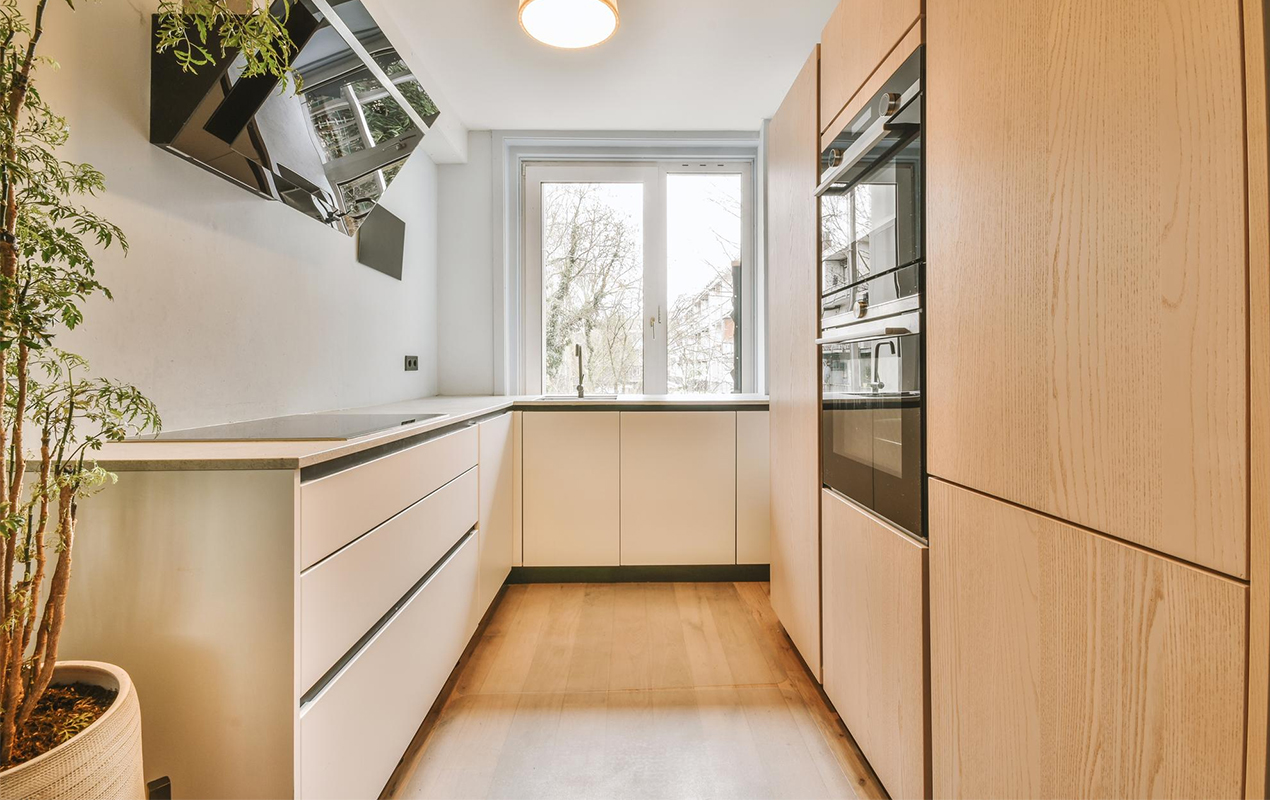
Photo by user24121185 from Freepik
Final Thoughts
Scandinavian kitchen design with light, function, and simplicity can be recognized as a timeless and effective way of designing an aesthetic and efficient kitchen. Thus, this design style optimizes natural lighting, focuses on functionality, and embraces minimalism, creating visually appealing and highly effective living spaces. Sustainability makes Scandinavian kitchens even more suitable for contemporary use. Some of us live in small urban apartments, while others have large suburban houses; but regardless of your house type, Scandi design is adaptable and timeless, leaving thousands of people and designers in the grip of admiration.


